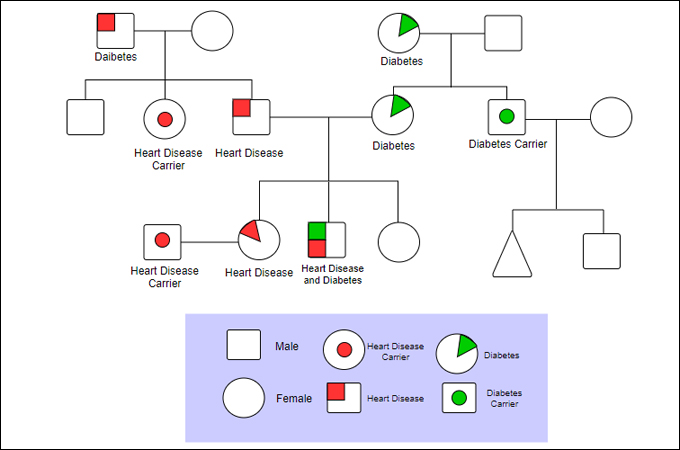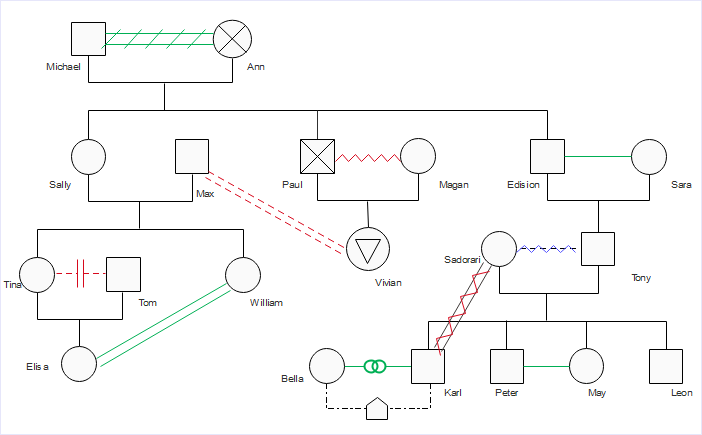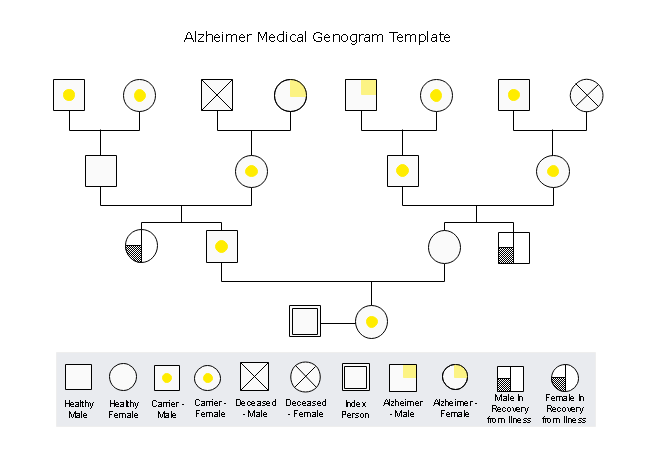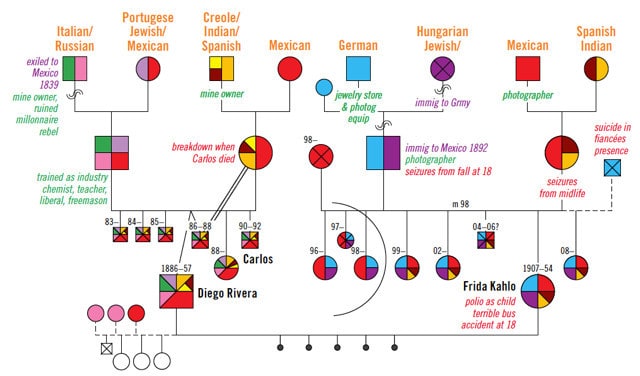

character or quality: use specific descriptive terms such as burning, sharp, dull, aching, gnawing, throbbing, shooting, viselike, use similes: does blood in vomitus look coffee ground? When submitting hard copy, be sure to use white paper and print out using dark ink.-location: be specific, have the person point to the location, if the problem is pain then note the precise site The paper must be neatly formatted, double-spaced with a one-inch margin on the top, bottom, and sides of each page. Likewise, large type, large margins, large indentations, triple-spacing, increased leading (space between lines), increased kerning (space between letters), and any other such attempts at “padding” to increase the length of a paper are unacceptable, wasteful of trees, and will not fool your professor.

It is better to let your essay run over the recommended number of pages than to try to compress it into fewer pages. The genogram illustrates graphically that relationships are ongoing, that families have histories, and that the family history influences each family member’s present as well as his/her future (Bahr, 1990). Smaller or compressed type and papers with small margins or single-spacing are hard to read. Use a standard 10 to 12 point (10 to 12 characters per inch) typeface. Handwritten corrections are preferable to uncorrected mistakes.

Often it is advantageous to have a friend proofread your paper for obvious errors. Read over your paper – in silence and then aloud – before handing it in and make corrections as necessary. Papers with numerous misspelled words and grammatical mistakes will be penalized. But do not strictly rely on your computer’s spell-checker and grammar-checker failure to do so indicates a lack of effort on your part and you can expect your grade to suffer accordingly. ORDER NOW FOR CUSTOM-WRITTEN, PLAGIARISM-FREE PAPERS As you know, genograms are important in determining how diseases affect families, and are pictorial representations of family relationships and medical histories. Understanding the family history provides information about diseases that are familial. Write up the family history and create and save a family genogram in the same document. The health history is a very important part of a health care puzzle. If you have not started clinical practice, then select a non-family member and complete a family history on him or her to complete a genogram. A genogram allows the user to visualize hereditary patterns and can be useful in identifying repetitive patterns of behavior and to recognize hereditary tendencies.įor this assignment, select a patient from your clinical experience whom you are completing a subjective, objective, assessment, and plan (SOAP) note on and complete a genogram based on his or her family history.

Genograms were first developed and popularized in. The genogram maps out relationships and traits that may otherwise be missed on a pedigree chart. As mentioned earlier, they are often used to depict common diseases within a family. Genograms allow a therapist and his patient to quickly identify and understand various patterns in the patients family history which may have had an influence on the patients current state of mind. The health history is a very important part of a health care puzzle. Cite sources in your responses to other classmates. Participate in the discussion by asking a question, providing a statement of clarification, providing a point of view with a rationale, challenging an aspect of the discussion, or indicating a relationship between two or more lines of reasoning in the discussion. Respond to at least two of your classmates’ initial postings. Start reviewing and responding to the postings of your classmates as early in the week as possible. As in all assignments, cite your sources in your work and provide references for the citations in APA format. O support your work, use your course and text readings and also use the South University Online Library.


 0 kommentar(er)
0 kommentar(er)
